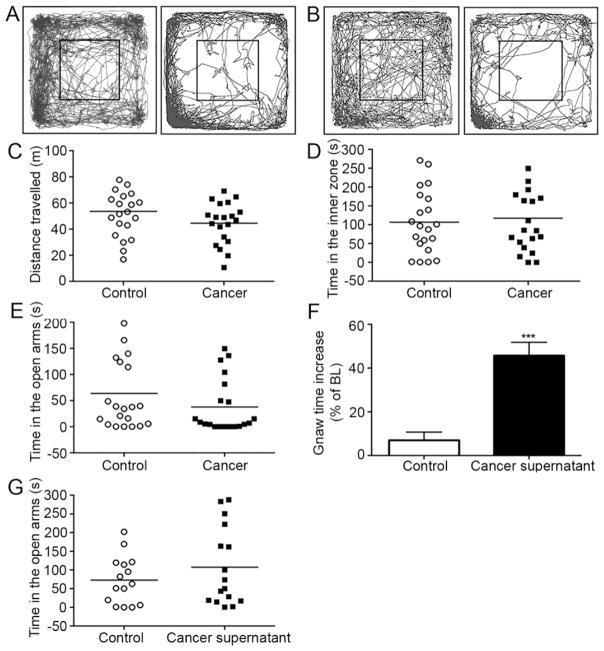Figure 2. SCC mice and sham mice showed no difference in behaviors measured by OF and EZM.
(A) Tracing example of a mouse with tongue cancer that stayed in the inner zone for an extended duration while another mouse with tongue cancer remained in the inner zone of the OF for a short period of time. (B) Tracing example of a sham mouse that spent an extended period of time in the inner zone while another sham mouse spent little time in the inner zone of the OF. (C) The distance travelled by cancer mice (n=20) and sham mice (n=21) in the OF assay was not significantly different. (D) Time spent in the inner zone of the OF was not different between the cancer and sham mice. (E) No significant difference was observed in mice with tongue cancer compared to sham mice in the EZM. (F) Gnaw-time was significantly increased in mice injected with cancer supernatant into the tongue (n=6) compared to vehicle-injected mice (n=6) (G) No difference in time spent in open arms was observed between cancer supernatant (n=16) and vehicle-injected mice (n=15). Student’s t-test and Mann-Whitney U-test. ***p<0.001.

